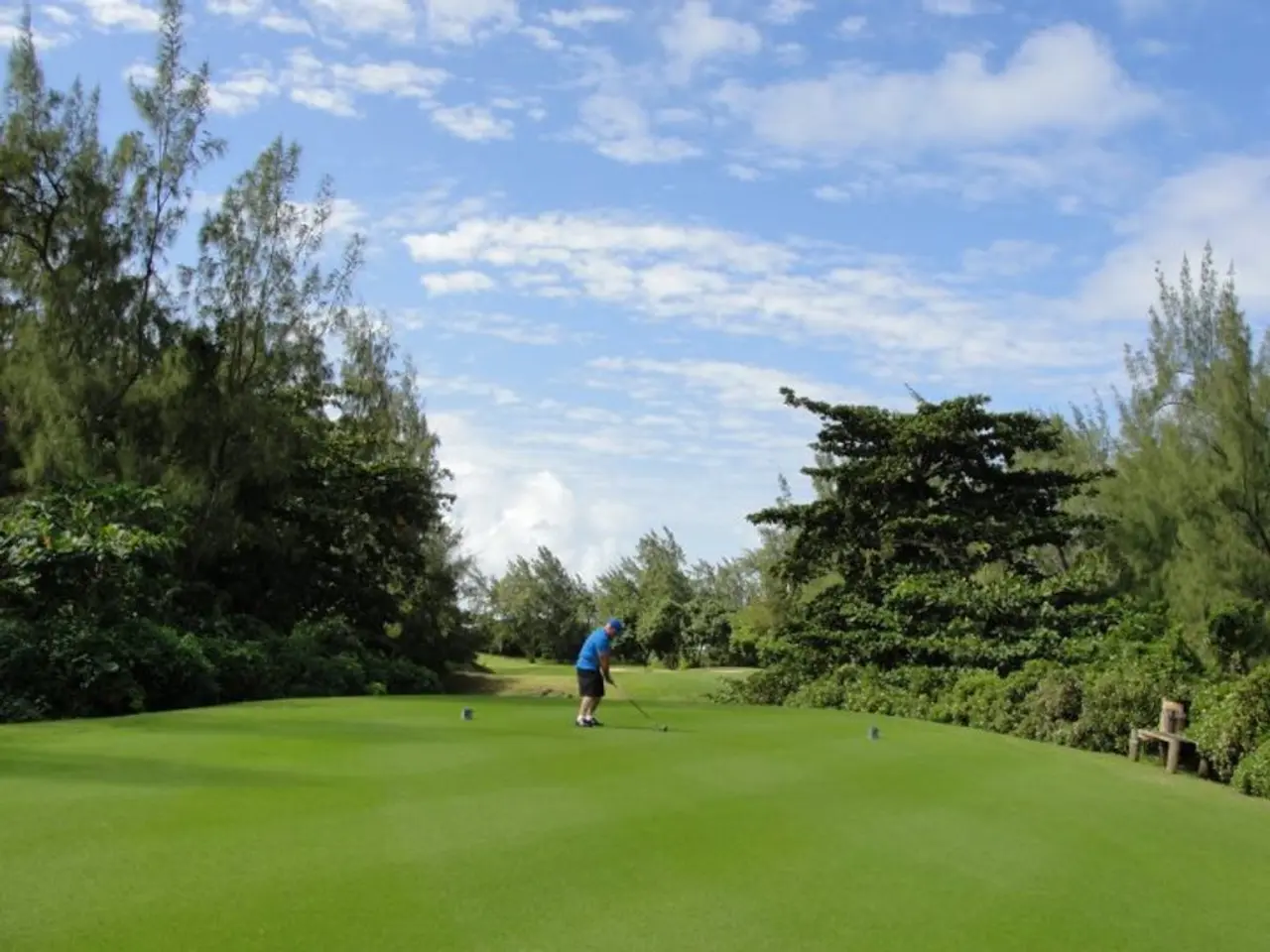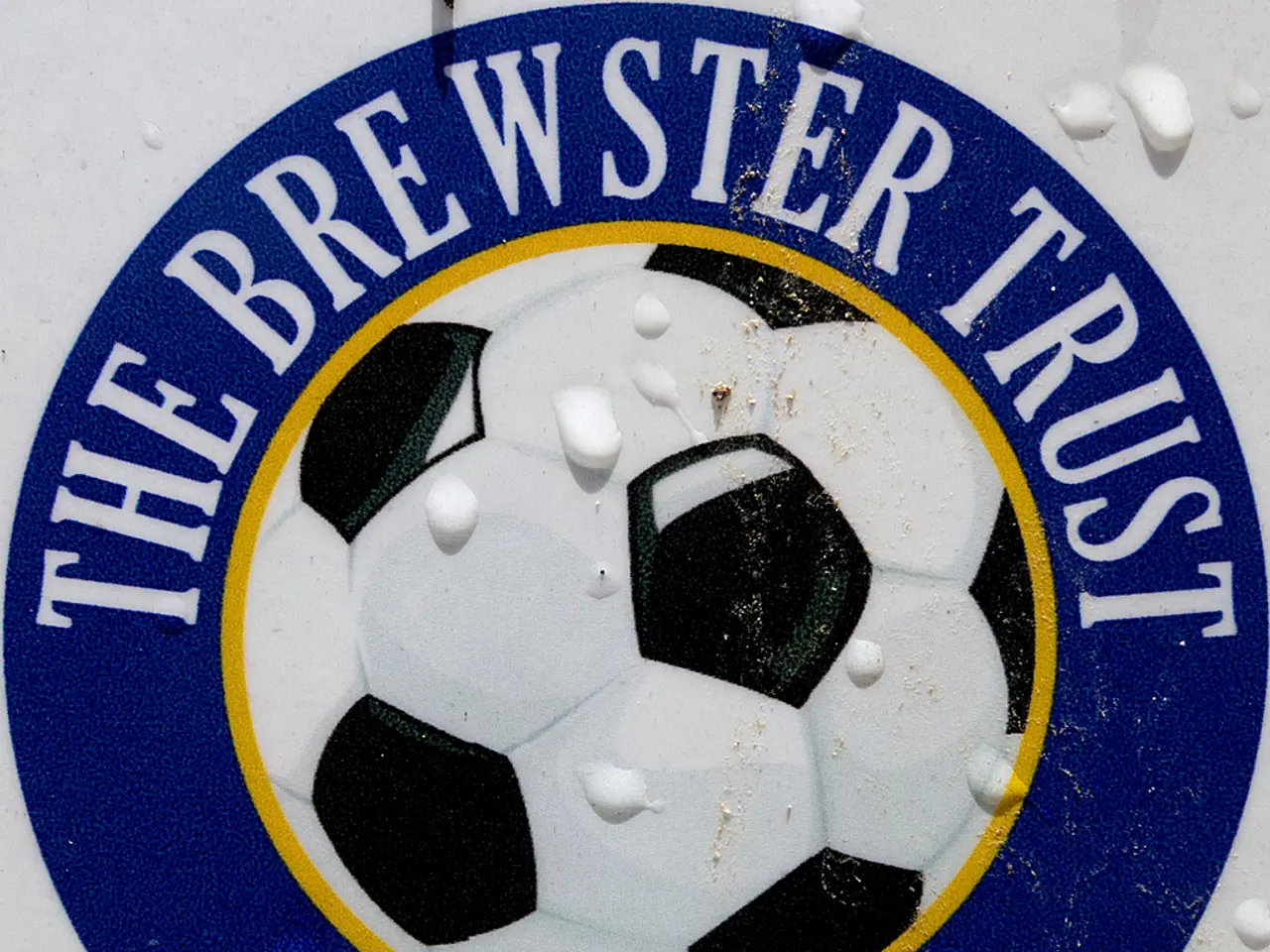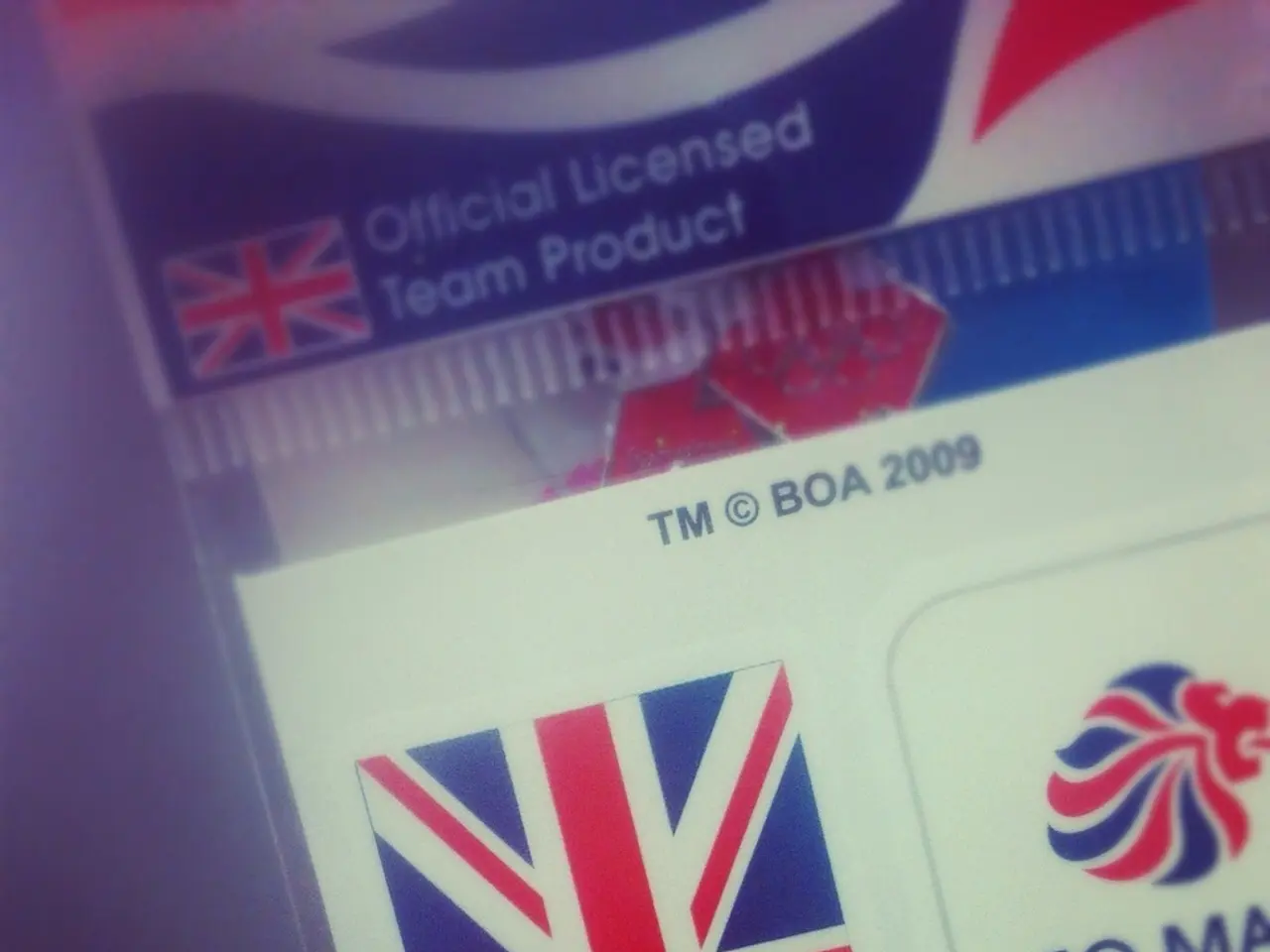Age-related Comparison of Amateur Golf Swings: Examining the Distance Variation
Age and Golf Driving Distance: A Gradual Decline
A new analysis by Shot Scope reveals that the average driving distance for amateur golfers decreases as they age, with the most significant drop occurring between the ages of 50 and 69.
Golfers in their 30s are the furthest drivers, averaging around 256 yards. This is followed by golfers in their 40s, who drive the ball approximately 252 yards on average. However, a noticeable decline occurs in the 50 to 59 age group, with an average distance of about 243 yards. The biggest decrease happens between this age group and the 60 to 69 age group, where the average distance falls by about 13 yards to around 230 yards.
Interestingly, golfers in their 60s still generally hit farther than those with a handicap index of 20 or higher, regardless of age.
This decline in driving distance correlates with reductions in club head speed and may also be linked to psychological factors associated with aging.
To offset this age-related loss in distance, amateur golfers can focus on exercises and drills that enhance swing speed, strength, and flexibility. Effective approaches include strength training targeting the core, legs, and upper body (especially rotational muscles), flexibility and mobility exercises, swing drills, speed training drills using weighted clubs or overspeed devices, and plyometric exercises.
These strategies aim to improve muscle power, coordination, and swing efficiency, which can help maintain or increase driving distance despite advancing age.
In summary, while aging naturally reduces average driving distance—especially after 50—targeted fitness routines and technique drills can slow or partially reverse this trend by improving power and swing mechanics.
[1] Shot Scope data indicates that the average driving distance for golfers in their 30s is 256 yards. [2] This decline correlates with reductions in club head speed and possibly psychological factors linked to aging.
- Despite the decline in average driving distance that starts around the age of 50, golfers can still maintain or even increase their distance by focusing on fitness routines and technique drills that enhance swing speed, strength, and flexibility.
- Interestingly, golfers in their 60s, even with an age-related loss in distance, generally hit farther than those with a handicap index of 20 or higher.







